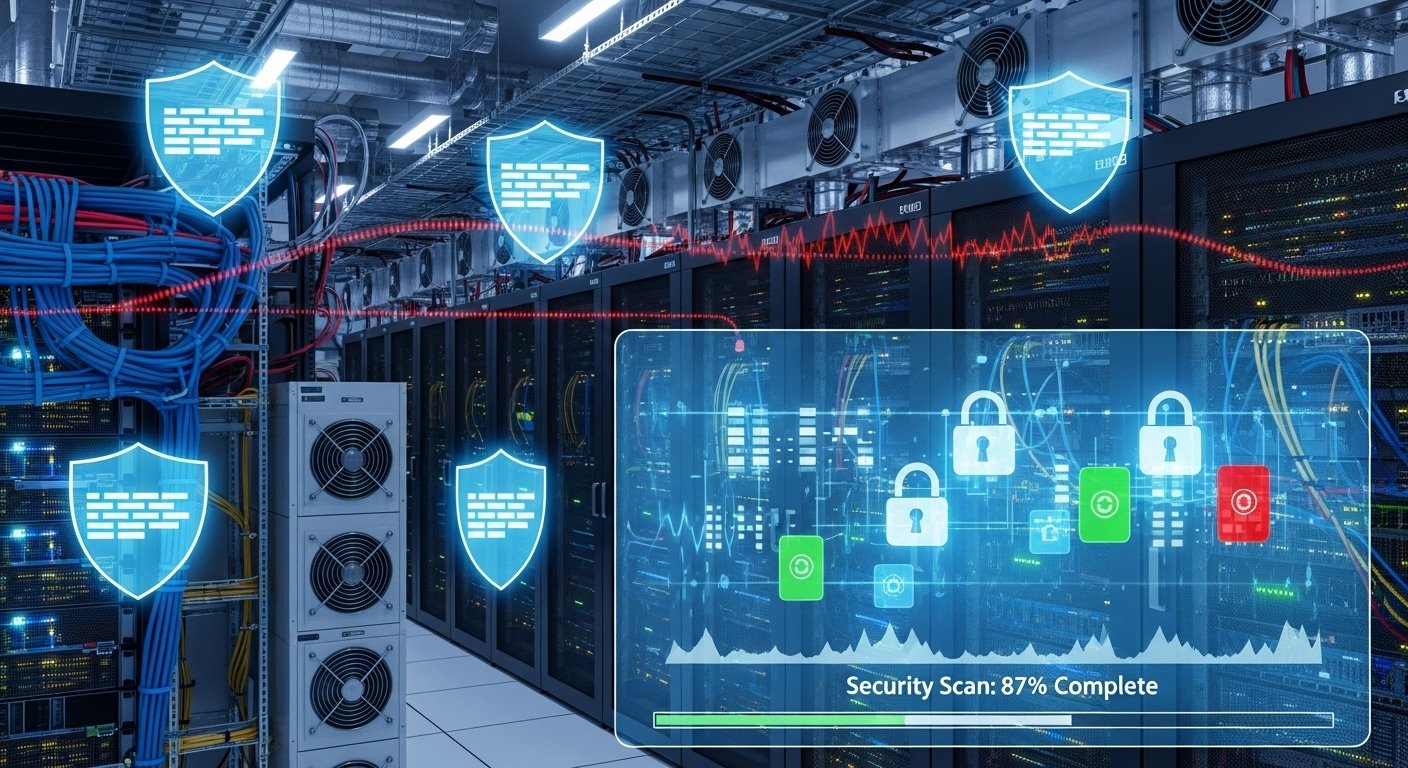Web3 Arcade Tokens Complete Guide to Digital Gaming Currency
Web3 Arcade Tokens. Learn about blockchain integration, ownership benefits, and the future of digital entertainment.

Arcade tokens in Web3 represent more than just digital currency—they embody a fundamental shift in how players interact with, own, and benefit from their gaming experiences. As the digital economy continues evolving, understanding these tokens becomes essential for gamers, developers, and investors alike.
The concept of arcade tokens isn’t new. For decades, players fed quarters into machines or exchanged cash for plastic tokens at entertainment venues. However, Web3 arcade tokens transform this familiar concept into something far more powerful. By leveraging blockchain technology, these digital assets grant players true ownership, interoperability across platforms, and even potential financial returns—features impossible in traditional gaming ecosystems.
This transformation matters because it addresses long-standing frustrations in the gaming world. Players have historically invested countless hours and significant money into games, only to lose everything if a game shuts down or their account gets banned. Web3 arcade tokens fundamentally change this dynamic by putting control back into players’ hands. The implications extend beyond individual gaming sessions, potentially reshaping the entire entertainment economy.
Web3 Arcade Tokens and Their Foundation
Web3 arcade tokens are digital assets built on blockchain technology that serve as in-game currency, access keys, or proof of ownership within decentralised gaming platforms. Unlike traditional in-game currencies controlled by game developers, these tokens exist on public blockchains, giving players genuine ownership of their digital assets. This distinction represents the core innovation that separates Web3 gaming from conventional models.
The foundation of these tokens rests on smart contracts—self-executing programs that automatically enforce rules without intermediaries. When a player purchases an arcade token, the transaction gets recorded on the blockchain, creating an immutable record of ownership. This transparency ensures that no central authority can arbitrarily revoke access or manipulate supply, addressing trust issues that plague traditional gaming economies.
Most arcade tokens in the Web3 space follow established standards like ERC-20 for fungible tokens or ERC-721 for non-fungible tokens (NFTs). These standardised protocols enable interoperability, meaning tokens from one game could potentially be used in another, assuming developers build compatible systems. This cross-platform functionality represents one of the most exciting possibilities in blockchain gaming.
The technical architecture behind these tokens involves several layers. At the base lies the blockchain itself—typically Ethereum, Polygon, or specialised gaming chains like Immutable X. Above this foundation, developers deploy smart contracts that define token properties, including total supply, distribution mechanisms, and utility functions. Players interact with these contracts through digital wallets, which serve as their personal vaults for storing and managing tokens.
How Arcade Tokens Function Within Gaming Ecosystems
Within gaming environments, arcade tokens serve multiple functions that extend far beyond simple transactions. The most straightforward use case involves purchasing in-game items, character upgrades, or cosmetic enhancements. However, unlike traditional microtransactions, where money flows one way, blockchain-based tokens can be sold, traded, or transferred to other players, creating genuine secondary markets.
The play-to-earn model has emerged as a revolutionary application of arcade tokens. In these ecosystems, players earn tokens through gameplay achievements, competitive victories, or contributing to the game economy. These earned tokens hold real-world value and can be exchanged on cryptocurrency platforms or used within other compatible games. This mechanic transforms gaming from a pure expense into a potential income source, particularly appealing in regions with limited economic opportunities.
Governance represents another critical function of Web3 arcade tokens. Many decentralised gaming platforms distribute governance tokens that grant holders voting rights on game development decisions. This democratic approach allows communities to influence everything from character balance changes to new feature implementations. The result is a more engaged player base with genuine stakes in their game’s success.
Staking mechanisms add another dimension to token utility. Players can lock their arcade tokens in smart contracts for specified periods, earning rewards through passive income generation. This feature not only incentivises long-term holding but also helps stabilise token prices by reducing circulating supply. Some platforms offer enhanced staking rewards for players who actively contribute to the ecosystem through content creation or community moderation.
The Economic Impact and Value Creation Model
The economics surrounding Web3 arcade tokens differ fundamentally from traditional gaming monetisation. In conventional models, developers capture all revenue from in-game purchases, and items purchased hold zero value outside the game. Web3 flips this paradigm by creating ecosystems where value flows between players, developers, and the broader community.
Tokenomics—the economic model governing token distribution and utility—plays a crucial role in determining project success. Well-designed tokenomics balance supply and demand, ensuring tokens maintain value while remaining accessible to new players. This typically involves careful allocation between team members, early investors, community rewards, and ecosystem development funds.
The concept of true digital ownership creates unprecedented value for players. When someone purchases a rare character skin as an NFT, they own that asset outright and can sell it whenever they choose. This ownership extends beyond individual games when interoperability exists, allowing premium items from one game to potentially grant benefits in others. Some rare gaming NFTs have sold for thousands of dollars, demonstrating the real economic value these digital assets can accumulate.
However, this economic model faces challenges. Price volatility remains a significant concern, as cryptocurrency markets can fluctuate dramatically. A token worth substantial amounts today might lose most of its value tomorrow, creating risk for players who view these assets as investments. Additionally, the speculative nature of some projects has attracted bad actors, resulting in scams and failed projects that damage the industry’s reputation.
Sustainable economic models in Web3 gaming require balanced inflation rates, genuine utility beyond speculation, and mechanisms that capture value from actual gameplay rather than relying solely on new player influx. Projects that emphasise entertainment value alongside economic incentives tend to build more durable communities than those focused purely on financial returns.
Technical Infrastructure and Security Considerations
The technical foundation supporting arcade tokens in Web3 involves complex systems designed to balance accessibility, security, and performance. Blockchain networks process token transactions, but not all blockchains suit gaming equally well. High transaction fees and slow confirmation times on networks like Ethereum’s mainnet have pushed developers toward layer-2 solutions and alternative chains optimised for gaming applications.
Security represents paramount importance in Web3 gaming. Players’ tokens exist in digital wallets protected by private keys—long strings of characters that grant full access to assets. Losing these keys means permanent loss of all associated tokens, creating significant responsibility for players unfamiliar with cryptocurrency security practices. Reputable platforms invest heavily in educational resources, teaching proper wallet management and security protocols.
Smart contract vulnerabilities pose another security challenge. Bugs or exploits in contract code can enable hackers to drain funds or manipulate game economies. Professional projects conduct extensive security audits before launch, hiring specialised firms to examine code for potential weaknesses. Despite these precautions, the immutable nature of blockchain means mistakes cannot be easily corrected once deployed.
The infrastructure also includes oracles—services that bring external data onto blockchains. Gaming applications often need real-world information like tournament results or market prices, but blockchains cannot access this data directly. Oracles bridge this gap, though they introduce potential points of failure if not implemented with appropriate redundancy and verification mechanisms.
Scalability challenges continue affecting the Web3 gaming space. Popular games can generate thousands of transactions per second, overwhelming many blockchain networks. Solutions include state channels that handle rapid interactions off-chain before settling final results on-chain, and sidechains that process transactions independently before periodically syncing with main networks.
The Future Landscape and Mainstream Adoption Potential
The trajectory of arcade tokens in Web3 points toward increasing sophistication and mainstream acceptance. Major gaming companies that initially dismissed blockchain technology now explore implementation strategies, recognising both player demand and competitive pressure. This institutional involvement brings professional development standards and substantial capital, potentially accelerating maturation across the sector.
Cross-game interoperability represents one of the most anticipated future developments. Imagine using a legendary sword earned in one fantasy game as a powerful weapon in another, or displaying trophies from various games in a unified virtual showroom. Technical challenges remain, but standardisation efforts and collaborative frameworks are laying the groundwork for these experiences.
Integration with metaverse platforms offers another growth vector. As persistent virtual worlds develop, arcade tokens could function as a universal currency across interconnected digital spaces. Players might earn tokens through games, spend them on virtual real estate, and use the same assets across social platforms, shopping experiences, and entertainment venues—all within cohesive digital ecosystems.
Regulatory developments will significantly shape the future of Web3 gaming tokens. Governments worldwide grapple with classifying these digital assets, determining whether they constitute securities, currencies, or entirely new categories requiring fresh regulatory frameworks. Clear regulations could provide certainty, encouraging investment and innovation, though overly restrictive approaches might stifle the technology’s potential.
The environmental considerations surrounding blockchain technology continue evolving. Early networks relied on energy-intensive proof-of-work consensus mechanisms, raising valid sustainability concerns. Newer approaches like proof-of-stake dramatically reduce energy consumption, addressing environmental criticism while maintaining security. Gaming platforms increasingly prioritise eco-friendly blockchain solutions in response to player values.
Conclusion
Arcade tokens in Web3 represent far more than a technological novelty—they constitute a fundamental reimagining of value creation and ownership in digital entertainment. By granting players genuine control over their assets, enabling new economic models, and fostering community-driven development, these tokens address limitations that have constrained traditional gaming for decades.
The journey toward mainstream adoption faces legitimate challenges, including technical complexity, regulatory uncertainty, and economic volatility. However, the core value proposition remains compelling: empowering players with ownership, creating sustainable value exchange, and building more equitable gaming ecosystems. As technology matures and user experiences improve, the distinction between Web3 and traditional gaming will likely blur, with blockchain functionality becoming an invisible foundation supporting enhanced player experiences.
For those willing to navigate the learning curve, engaging with arcade tokens in Web3 offers opportunities to participate in gaming’s next evolution. Whether as players enjoying new gameplay mechanics, developers building innovative experiences, or investors supporting promising projects, the Web3 gaming space provides multiple entry points into this transformative movement. The tokens exchanged today in blockchain-based arcades may become the foundation for tomorrow’s digital entertainment economy.
FAQs
Q: Are arcade tokens in Web3 the same as cryptocurrencies like Bitcoin?
While both use blockchain technology, arcade tokens differ significantly from general cryptocurrencies. Bitcoin functions primarily as digital money or a store of value, whereas arcade tokens serve specific purposes within gaming ecosystems.
Q: Can I actually make money playing games with arcade tokens?
Yes, many Web3 games enable players to earn tokens with real-world value through play-to-earn models. However, this shouldn’t be viewed as guaranteed income. Earnings depend on factors like time investment, skill level, token market conditions, and game popularity.
Q: What happens to my arcade tokens if a Web3 game shuts down?
This depends on token implementation. Tokens stored in your personal wallet remain yours even if a game closes, and you can sell them or potentially use them in other compatible platforms. However, their value likely decreases significantly if the primary utility disappears.
Q: Do I need technical knowledge to use arcade tokens in Web3 games?
Basic cryptocurrency literacy helps, but modern platforms increasingly prioritise user-friendly experiences. You’ll need to understand wallet setup, transaction confirmation, and basic security practices like protecting private keys.
Q: Are arcade tokens in Web3 environmentally sustainable?
Environmental impact varies by blockchain network. Early platforms using proof-of-work consensus consumed substantial energy, raising valid sustainability concerns. However, the industry has shifted dramatically toward proof-of-stake and other efficient mechanisms.


